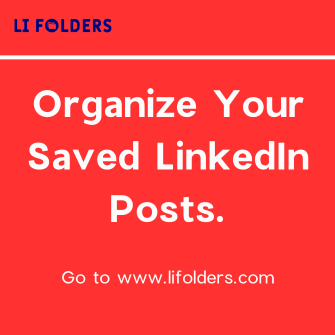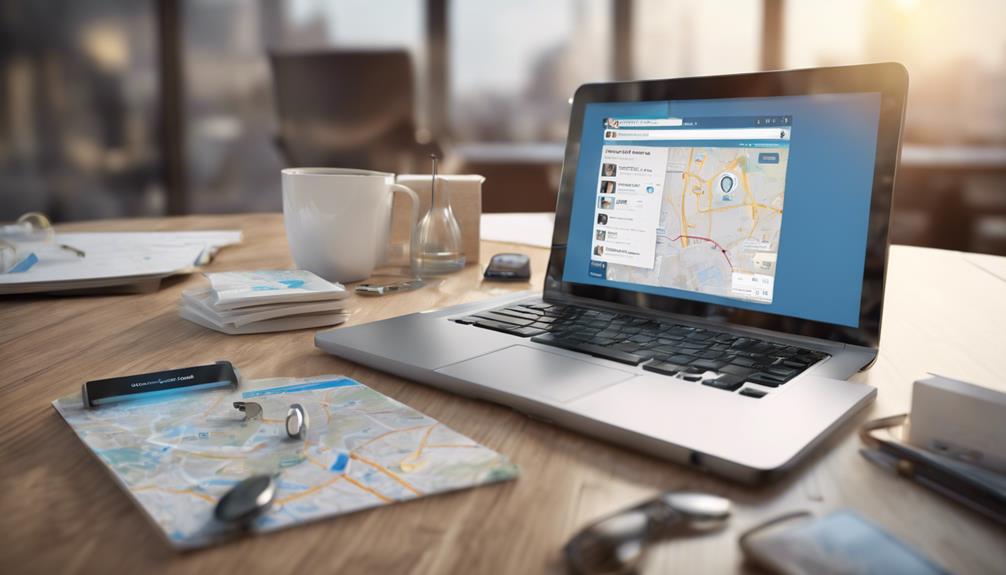
Yes, you can track your LinkedIn messages using LinkedIn's native features and third-party tools. LinkedIn allows you to organize and manage your conversations effectively with options like creating folders and searching within your messages. Additionally, LinkedIn provides read receipts, which let you know if your message has been seen. However, if you need more detailed analytics, there are third-party tracking tools available that can offer advanced insights. It's important to consider the ethical implications and ensure you respect user privacy and adhere to legal regulations. Knowing more about these features and tools can significantly enhance your messaging strategy.
Understanding LinkedIn's Privacy Policy
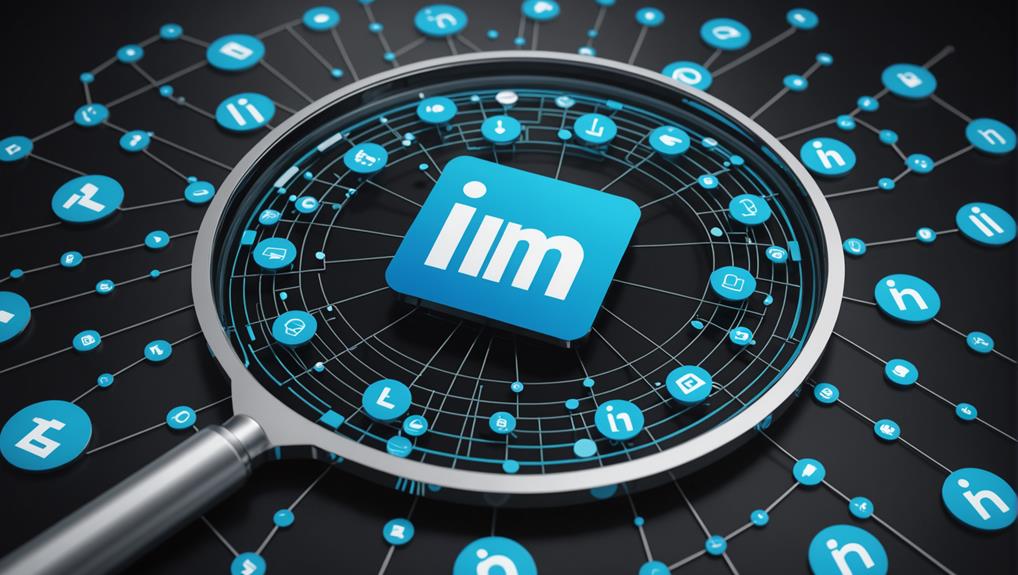
Understanding LinkedIn's privacy policy is crucial to ensuring that your personal data is handled appropriately. As a member of this vibrant community, it's essential you're aware of how your information is managed. LinkedIn values your trust and is committed to protecting your privacy and personal information.
When you navigate through different sections of the platform, LinkedIn collects data relevant to your activities. This includes the information you willingly share in your profile, posts, and interactions. The policy outlines how this data is used to tailor your experience, connect you with opportunities, and improve services. It's all about creating a space where you feel secure and connected.
Most importantly, LinkedIn's privacy policy details your rights regarding the data you provide. You have the freedom to access, correct, or delete your personal information. Knowing these rights empowers you to make informed decisions about your digital presence.
Make sure to regularly review the privacy settings on your account. This allows you to control the visibility of your profile and manage who gets to see your posts and shares. Feeling secure in your online space will make connecting with others and growing your professional network much more rewarding.
Basic Functions of LinkedIn Messaging
Now let's explore the basic functions of LinkedIn Messaging, which allow you to communicate directly with other professionals in your network. It's all about staying connected and making your presence felt in the bustling world of professionals just like you. When you send a message on LinkedIn, you're not just sharing words—you're opening doors to new opportunities and collaborations.
Imagine you've come across a profile that resonates with your professional aspirations. With LinkedIn Messaging, you can reach out with a personalized message, express your interest in their work, or even propose a potential collaboration. It's like having a networking event at your fingertips. You can keep the conversation flowing smoothly with features that let you respond directly to specific messages, ensuring your discussions are meaningful and on point.
Moreover, LinkedIn allows you to manage your conversations by archiving, deleting, or marking them as unread, which helps keep your messaging space organized. This way, you never lose track of important contacts or conversations. It's about making sure you're always ready to engage and expand your network, ensuring you feel a part of the global professional community.
Tools for Monitoring LinkedIn Messages
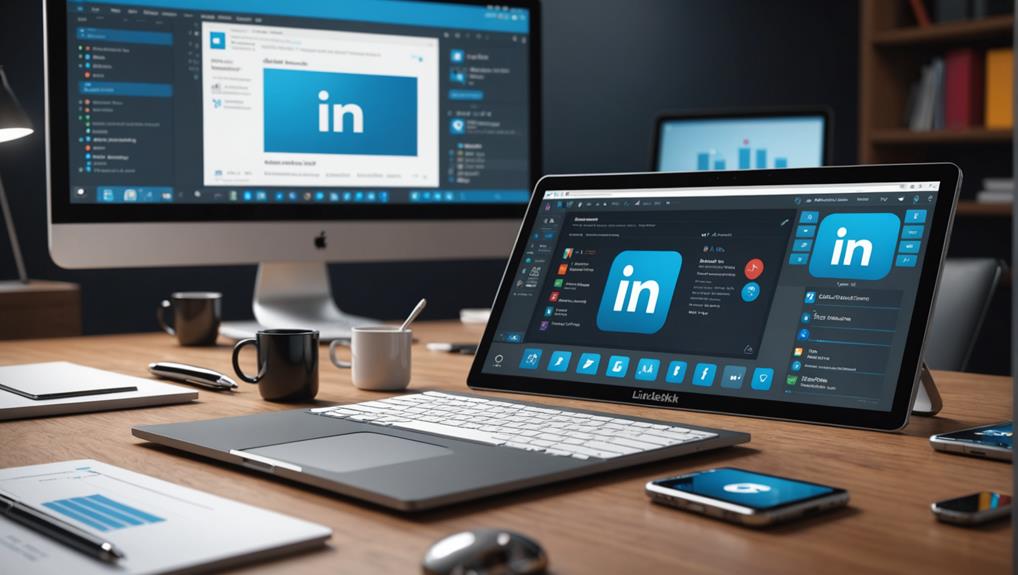
To effectively monitor your LinkedIn messages, you can utilize several built-in tools that help track and organize your communications. You're not alone in wanting to keep a tab on your professional interactions; it's a common need in our connected world. LinkedIn offers features like message sorting and customized notifications, ensuring you never miss out on important updates.
You can also create folders within your LinkedIn messaging platform. This way, you can categorize your conversations—perhaps one for potential job offers, another for networking opportunities, and a separate one for personal connections. This organization not only streamlines your communication but also makes you feel part of a larger network, each folder representing a different aspect of your professional journey.
Moreover, LinkedIn's search functionality within messages allows you to quickly find past conversations. Just type in a keyword or a contact's name, and you'll retrieve your previous exchanges. This is incredibly useful when you need to recall specific details or follow up on past discussions.
Legal Implications of Message Tracking
While tools for monitoring LinkedIn messages offer convenience, you must also consider the legal implications of tracking these communications. It's crucial to understand that each country has its own set of laws regarding digital privacy and surveillance. You're not alone in needing to navigate these rules; everyone in the community is bound by similar constraints, which means there's a shared responsibility to respect each other's privacy rights.
In the U.S., for instance, the Electronic Communications Privacy Act (ECPA) governs the interception and monitoring of digital communications. This law generally prohibits the unauthorized interception of electronic communications. However, there are exceptions, such as if you have obtained consent from at least one party involved in the conversation. It's important you're aware of these nuances to ensure you don't inadvertently step over legal boundaries.
Moreover, many companies implement their own policies regarding the monitoring of communications on work devices or networks. If you're using LinkedIn for professional purposes, you should check your workplace's specific guidelines. Being part of a professional community means respecting the rules that help protect everyone's privacy.
Ethical Considerations in Surveillance

You should consider the ethical implications of monitoring LinkedIn messages, as it raises crucial questions about privacy and trust in professional relationships. When you delve into someone's private communications, even in a professional network like LinkedIn, you're stepping into a gray area. It's about more than just finding information; it's about respecting boundaries that are essential for mutual trust and cooperation.
Think about how you'd feel if the roles were reversed. If you knew your messages were being watched, wouldn't you feel a bit betrayed? That sense of community and safety that's so vital in professional networks would be compromised. It's not just about one message or one person; it's about maintaining a culture of integrity and confidentiality that everyone relies on.
Moreover, the ripple effects of surveillance can alter behavior. People might start to communicate less openly, share fewer ideas, and hesitate before making connections. This kind of environment stifles the innovation and openness that LinkedIn is built to foster.
LinkedIn's Read Receipts Feature
LinkedIn's Read Receipts feature lets you know when someone has seen your message, enhancing communication transparency. This simple notification, a small checkmark or "seen" label, assures you that your words have reached their destination, bridging the digital gap between sender and receiver. It's not just about knowing your message was noticed; it's about feeling connected in your professional community.
You're not left wondering if your message got lost in the shuffle or if it was outright ignored. Instead, you can feel part of a responsive network where interactions are acknowledged. This acknowledgment can be particularly comforting when you're reaching out for opportunities, advice, or trying to build relationships. It adds a layer of warmth to the often impersonal nature of online networking.
Moreover, with this feature, you're better equipped to time your follow-ups or gauge the interest level of the person you're communicating with. If they've seen your message but haven't replied, it might not be the right moment, or perhaps your offer needs tweaking. It's all about using the information available to foster connections that are not only professional but also genuinely engaging and mutually beneficial.
Third-Party Tracking Solutions
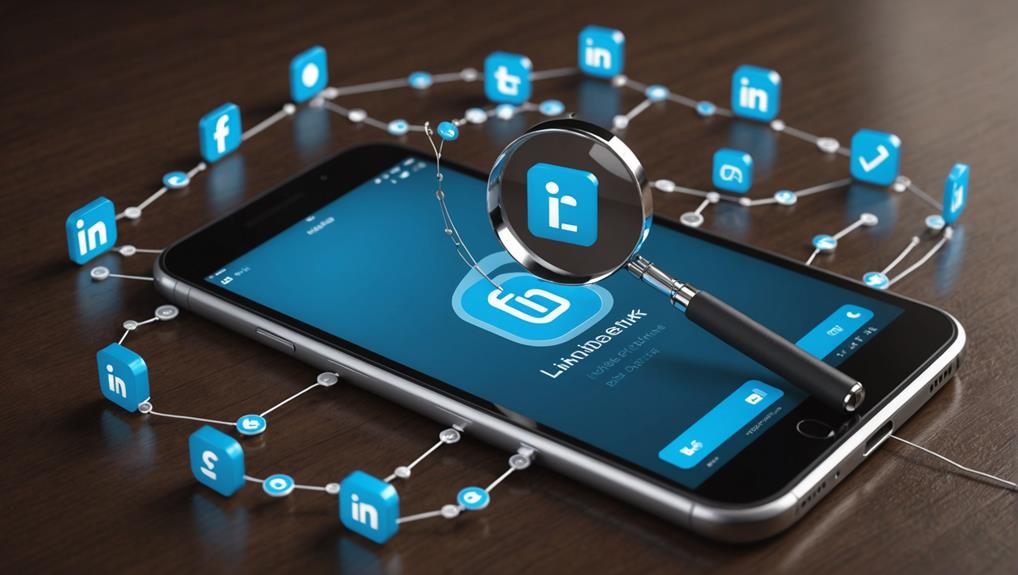
Beyond LinkedIn's built-in features, third-party tracking solutions offer advanced analytics and deeper insights into message interactions. When you're navigating the complex world of professional networking, it's essential to know not just when your messages are read, but how they resonate. These tools can help you understand the impact of your communication in ways that LinkedIn's native options don't cover.
Imagine being part of a community that doesn't just send messages into the void, but engages in meaningful exchanges. Third-party tools often include detailed reports on response times, engagement rates, and even sentiment analysis. This isn't just data; it's a roadmap to more impactful, personalized communication. You're not alone in wanting to make every message count. With these tools, you're equipped to tailor your approach, ensuring you connect more effectively with your network.
This kind of insight is invaluable, especially when you're looking to foster lasting professional relationships. By understanding the nuances of your interactions, you're better prepared to participate in conversations that matter, contribute positively, and truly belong in your professional circles. These tools don't just monitor; they mentor, guiding you to be a more engaged and insightful networker.
Impact on User Privacy
While third-party tracking tools enhance message management, they also raise significant concerns about your privacy. As you navigate your professional world on LinkedIn, it's essential to remember that these tools can access and track your private messages. This means every time you reach out to connect, share insights, or discuss opportunities, there's a chance that your conversations aren't just between you and your recipient.
This breach can feel like a violation of the trust you've placed in your professional network. You're part of a community where open and honest communication should be safeguarded, not monitored or exploited. Moreover, the data gathered from your interactions could be analyzed without your explicit consent, potentially influencing how services are tailored and advertisements are targeted at you, subtly shaping your online experiences based on private conversations.
It's vital to stay informed about the tools you use and the permissions you grant. Protecting your privacy helps maintain the integrity of your professional interactions and ensures that your network remains a safe space for genuine connection and growth. Be vigilant and take proactive steps to safeguard your information, reinforcing the trust within your community.
Alternatives to LinkedIn for Secure Messaging
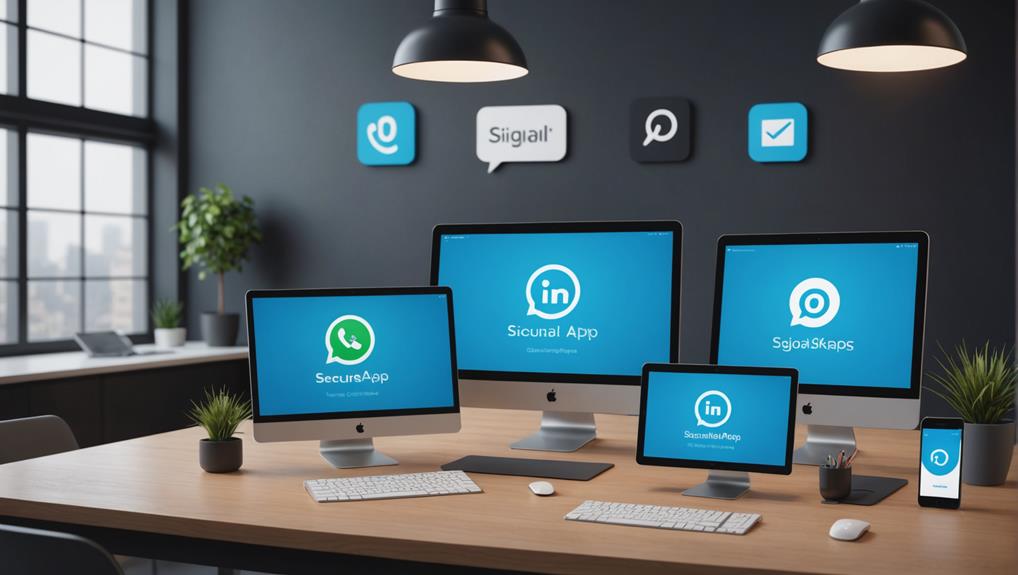
If you're seeking more secure messaging platforms, consider alternatives like Signal or Telegram, which prioritize end-to-end encryption. Both platforms are renowned for their commitment to user privacy and security, making you feel part of a community that truly values confidentiality.
Signal, in particular, is known for its open-source protocol, allowing experts to review its security measures constantly. This transparency helps build trust and assures you that your communications are protected. The platform also doesn't store messages on its servers, which means your private conversations stay exactly that—private.
Telegram offers similar benefits but includes features like self-destructing messages and secret chats. These options give you control over how long your messages remain visible and ensure that sensitive conversations are not permanently stored. This sense of control can be empowering and reinforces the feeling of being in a safe space where you can communicate freely without worry.
Tips to Enhance Message Security on LinkedIn
To boost your message security on LinkedIn, you should regularly update your privacy settings. Engaging with this feature lets you control who sees your messages and how you're notified of new connections. It's a proactive step in ensuring that you're part of a safe and respectful online community.
Next, consider customizing your message settings to filter or block messages from unknown members. This isn't just about protecting your inbox from spam—it's about creating a trusted circle, where meaningful conversations can flourish without the noise of unsolicited contacts. This selective approach helps maintain a professional yet personal space that aligns with your career goals.
Moreover, use strong, unique passwords for your LinkedIn account and change them periodically. Adding two-factor authentication (2FA) further enhances your security, requiring a second form of identification before access is granted. It's like having a double door where only those you truly trust can enter.
Lastly, always be cautious about the information you share in messages. Even within your network, it's important to think twice before sharing sensitive personal or business information. By staying vigilant and fostering these good habits, you're not just safeguarding your data—you're reinforcing the bonds within your professional circle.
Conclusion
You've explored the nuances of LinkedIn's messaging privacy and the tools available for tracking. Remember, while monitoring messages might sometimes be legal, it often treads into murky ethical waters. Consider using more secure platforms if privacy is your top priority. Always enhance your LinkedIn message security with the tips provided. Ultimately, respecting others' privacy not only protects them but also upholds your integrity and trustworthiness in the digital world.






